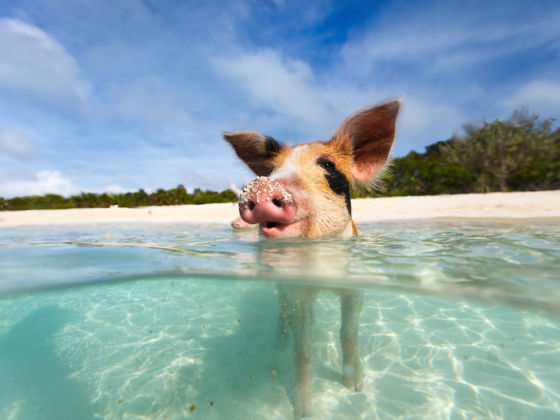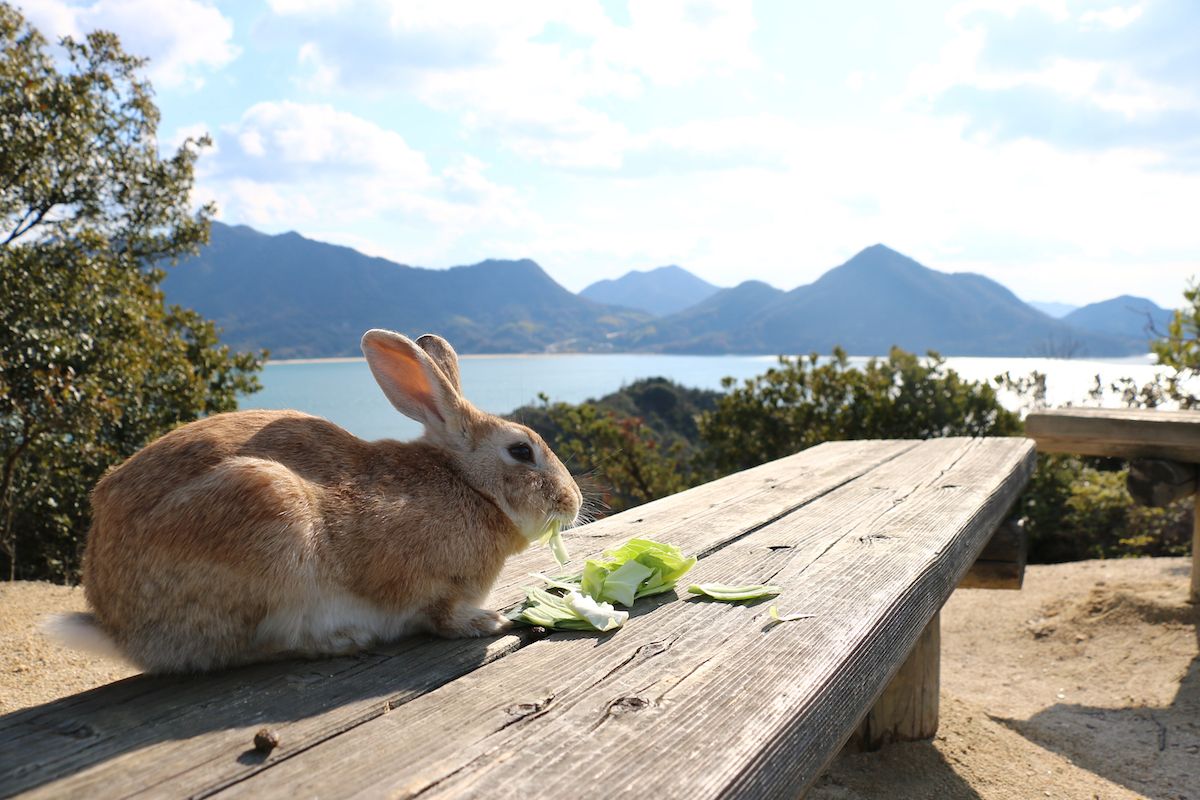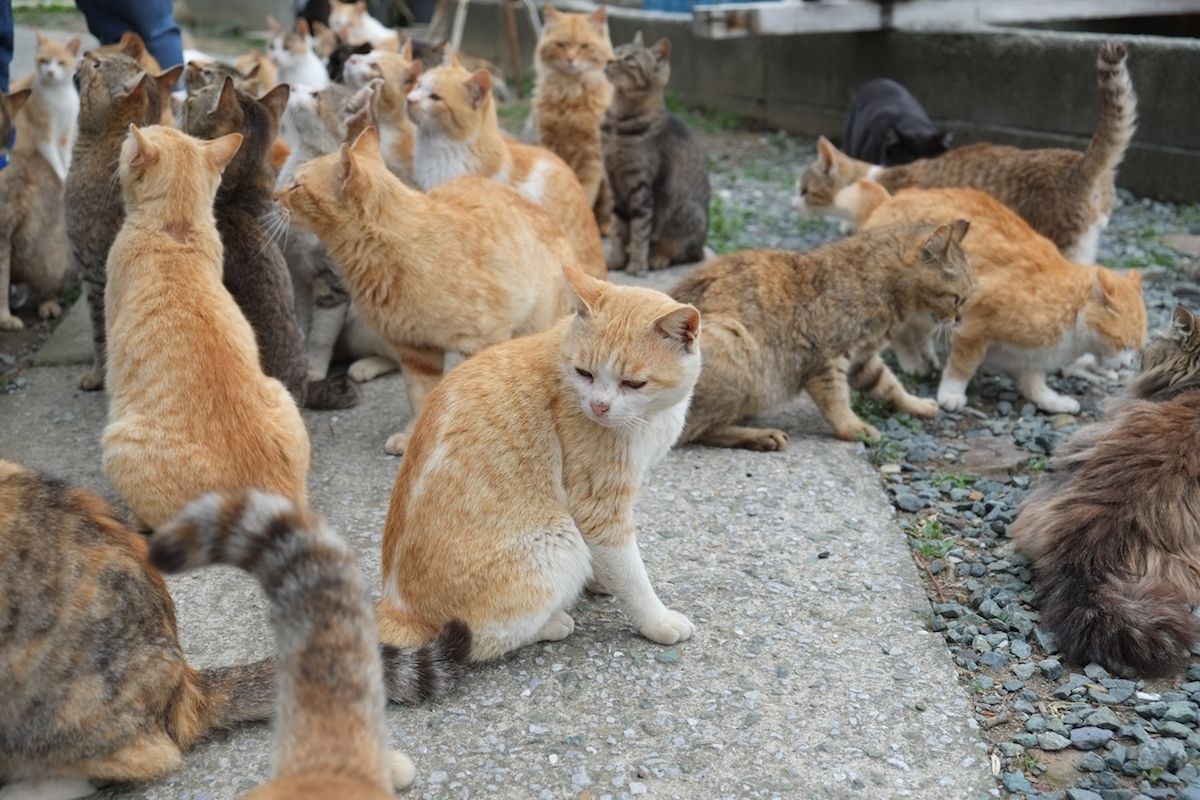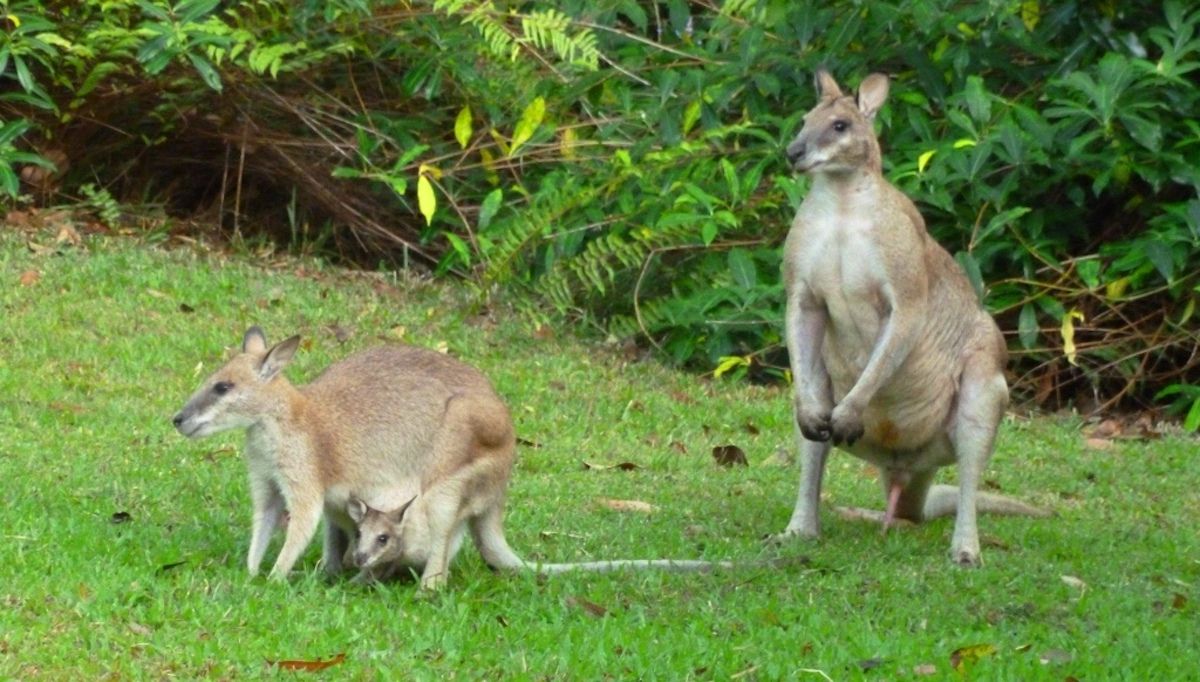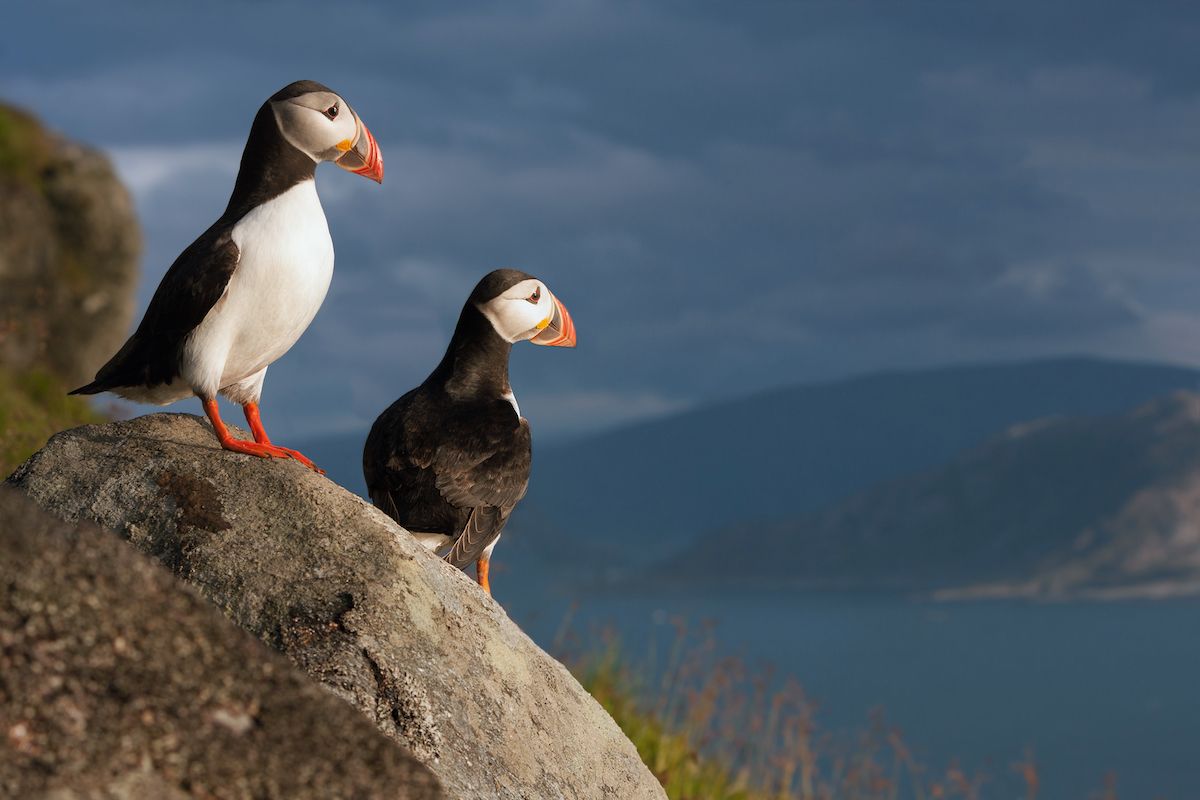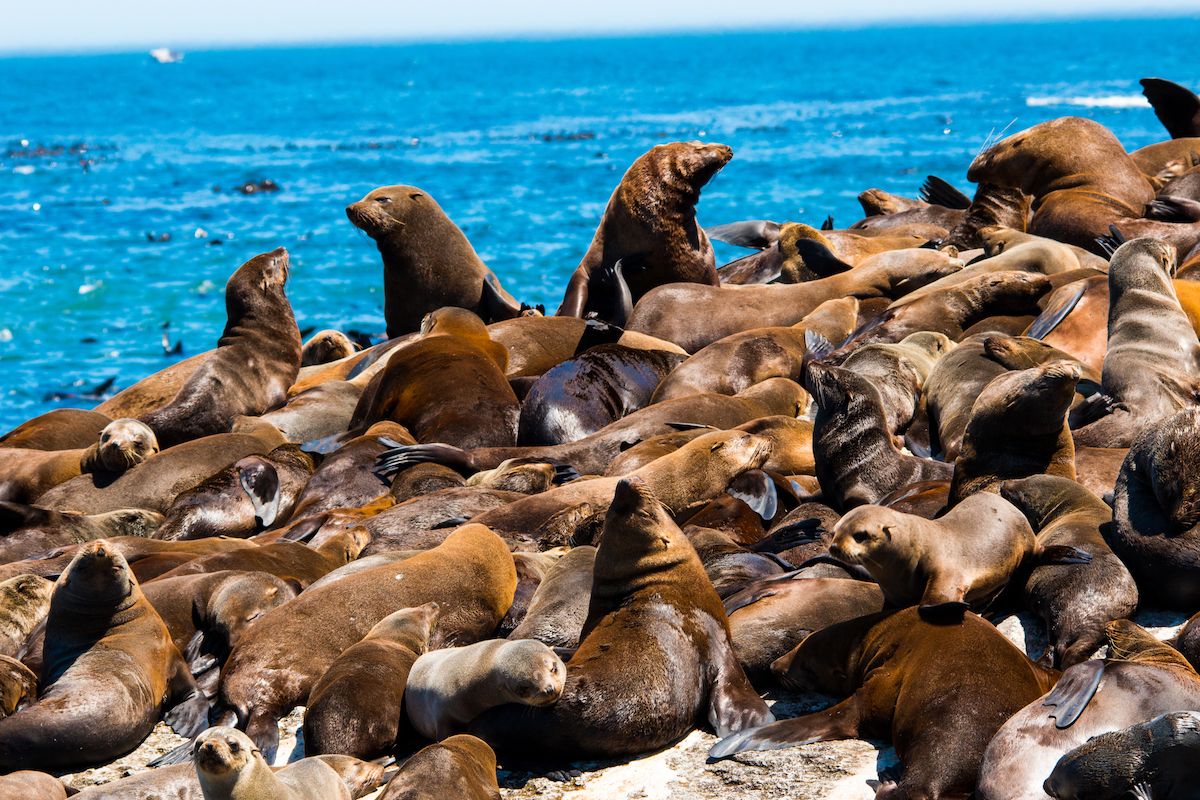There’s just something about animals — the more of them there are, the cuter they get. These islands around the world will send you into cuteness overload, as they have been overrun by animals. If you visit any of them, be sure to bring a camera.
Big Major Cay, Bahamas (AKA Pig Beach)
Sure, you’ve dreamt of swimming with dolphins or sea turtles. We have an alternative idea: pigs. Big Major Cay, part of the Exuma island chain in the Bahamas, is home to absolutely zero humans, but the island is far from empty. It has earned the nickname Pig Beach for the famous swimming pigs that live there, along with a handful of other stray animals. The only thing more epic than the experience of swimming with pigs in turquoise Caribbean water off a white sand beach is the story of how the pigs got there in the first place. According to legend, the pigs were dropped off by a sailors who intended to return for an island barbecue, but never came back. Now, the pigs are enough of an attraction that even the thought of eating them is enough to outrage locals and tourists alike.
